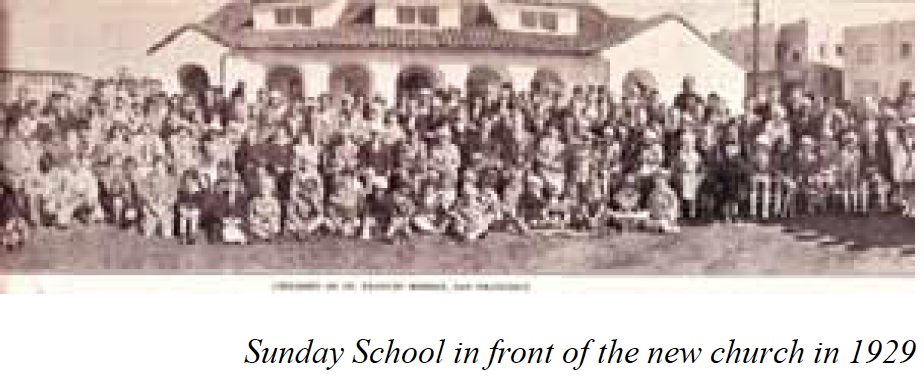A Brief History of St. Francis’ Episcopal Church
In the early Twenties, in the area West of
Twin Peaks, there was no Protestant house
of worship, no community center, no place
where young people’s organizations might
meet, no hall for neighborhood social
gatherings.
St. Francis was founded in 1922 as St.
Francis’ Community Church (Episcopal). It
was named not only for the patron saint of
San Francisco, but also for the residential
development in which it is located, St.
Francis Wood. It was the first Protestant
church established in the West of Twin
Peaks area and became known in the
community as “A Center to Serve the
Surrounding Neighborhood and A House of
Prayer for All People.”
On May 7, 1925, a group of sixteen women
formed St. Francis’ Guild, the agent that
created the active mission that would
become our church. Eight days later one of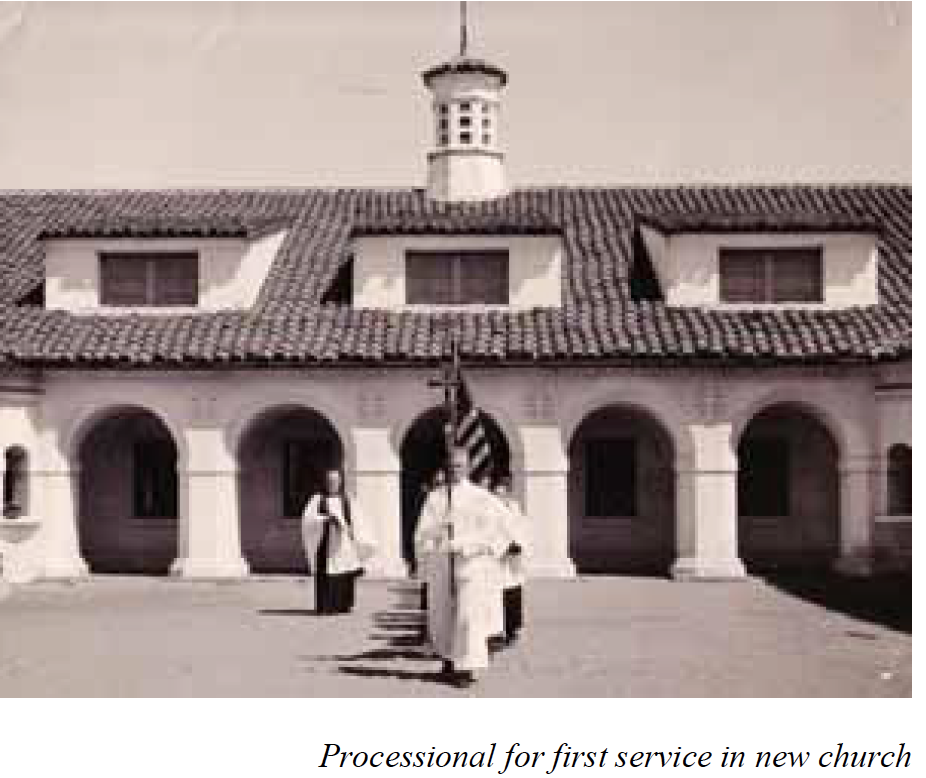
the ladies held a silver tea and the proceeds,
$55.50, went into a newly-created Building
Fund. The local newspapers dubbed the
mission the “Golfer’s Church,” because the
property then overlooked six golf courses.
The first service was held in the newly
constructed church on February 24, 1929.
As soon as construction was completed,
groups began to hold meetings in the new
building. The St. Francis’ Guild, the Scouts,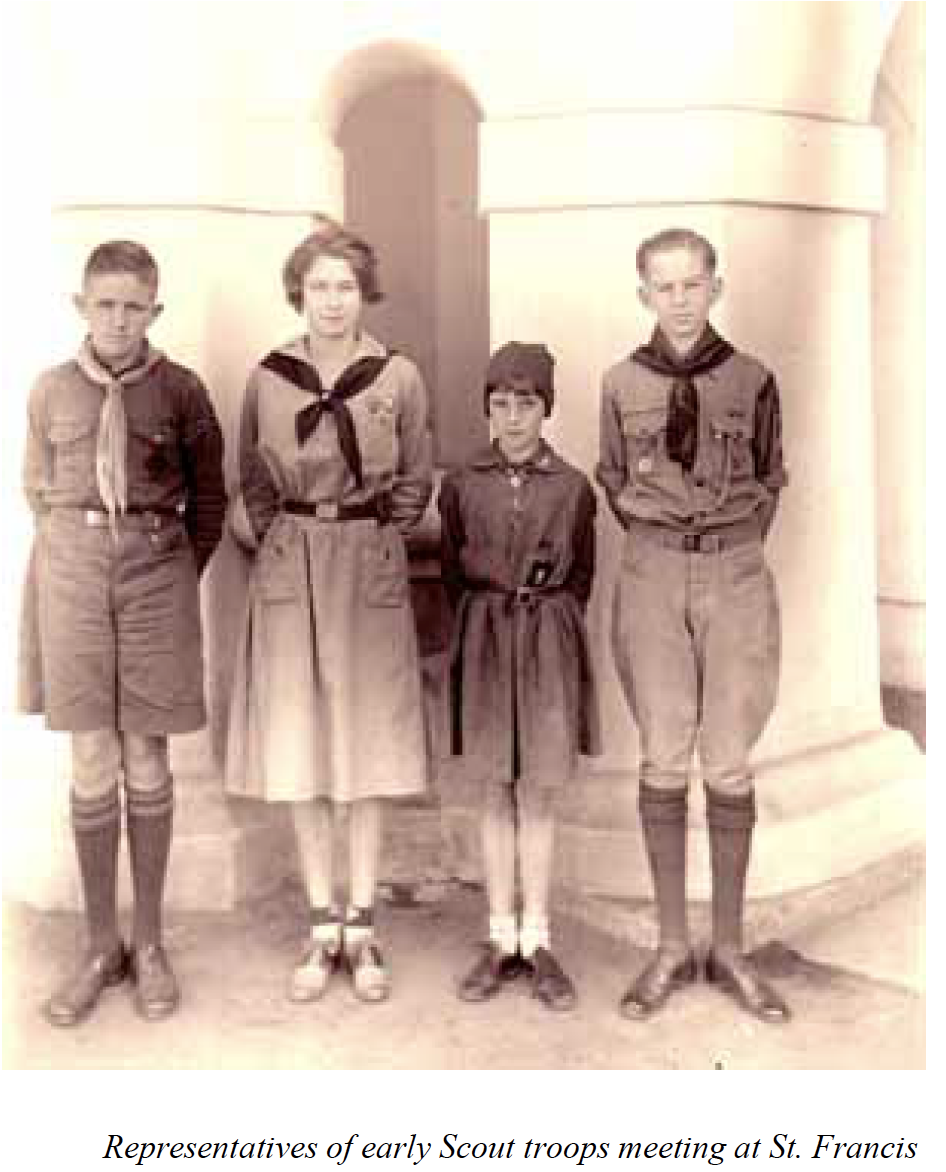
the first Cub Pack west of the Mississippi,
and the Young People’s Fellowship began to
meet regularly. New groups were formed,
including an Altar Guild, a junior Altar
Guild, a Girl Scout Troop, and Brownies, all
of them possible because there was now a
place for them to meet.
By 1930, a Deanery School (elementary
grades) had been established and had grown
to more than 435 students. All of this growth
prompted the construction of our Guild Hall
in 1931 and a Parish Hall in 1940.
St. Francis experienced rapid growth over
the next decades. When the U.S. entered
World War II, we became a center for the
local war effort, including housing the
British War Relief Association, an
American Women’s Volunteer Services
Chapter and the neighborhood Red Cross
Unit. The parish also became more
involved in diocesan affairs in the form of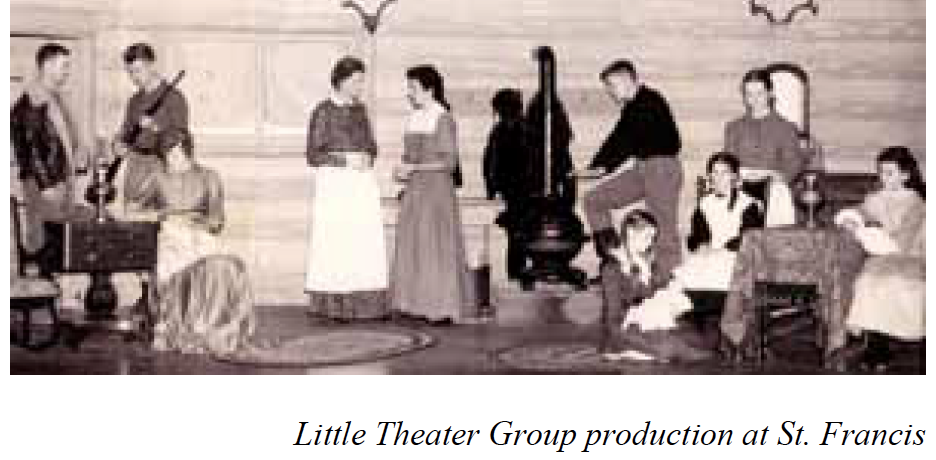
service and financial pledges.
In 1944 the word “Community” was
dropped from the parish’s name and the
focus became more “Episcopal.” After the
war, the baby boom was on and community
involvement waned in the war-weary
community. Fewer groups used the
facilities, though the outstanding Little
Theater Group was a major user and a highlight.
The 1950’s saw a building boom in the area,
the redevelopment of most of those six local
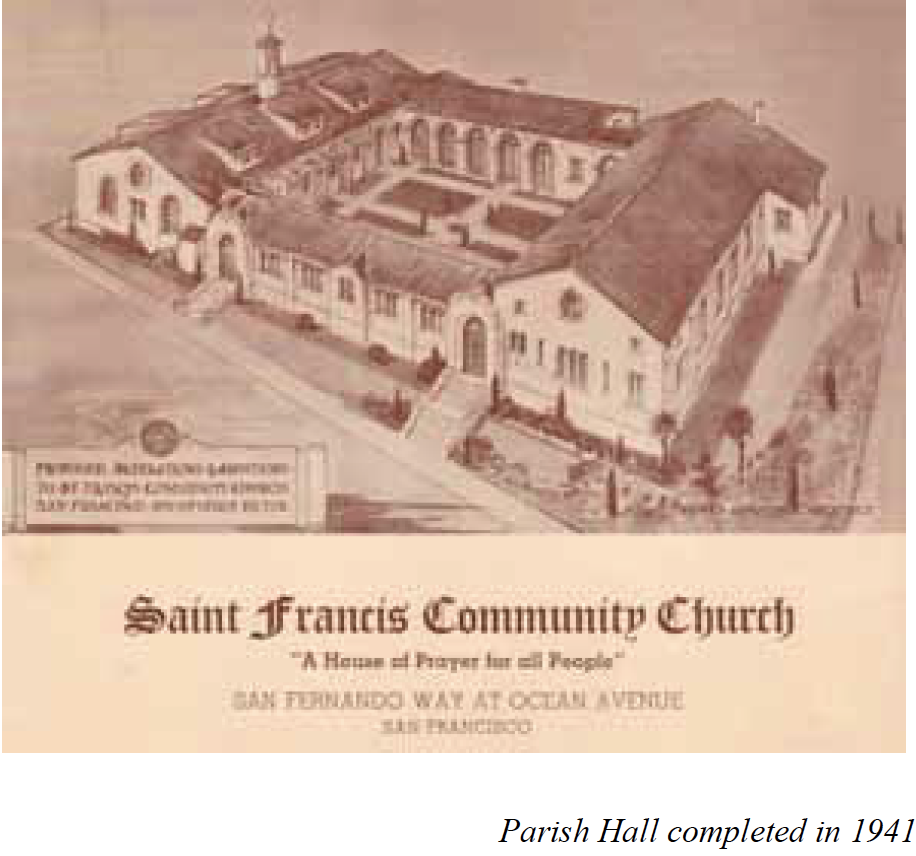 golf courses, and a booming parish,
golf courses, and a booming parish,
topping out at over 1,000 communicants
and 400 pledging units, accompanied by
a greater emphasis on spiritual life and
less on social events.
The parish was not spared the turmoil of the
60’s and 70’s, but saw renewed community
use of the facilities, the beginnings of our
ministries at Laguna Honda Hospital and the
two local colleges, the appointment of our
first female Senior Warden, and the sponsorship
of two Vietnamese refugees. By the
beginning of the 1980’s attendance was up
somewhat, community spirit was strong,
and many groups were using our facilities
again.
As was the case for many traditional
churches, the late 80’s, the 90’s, and the first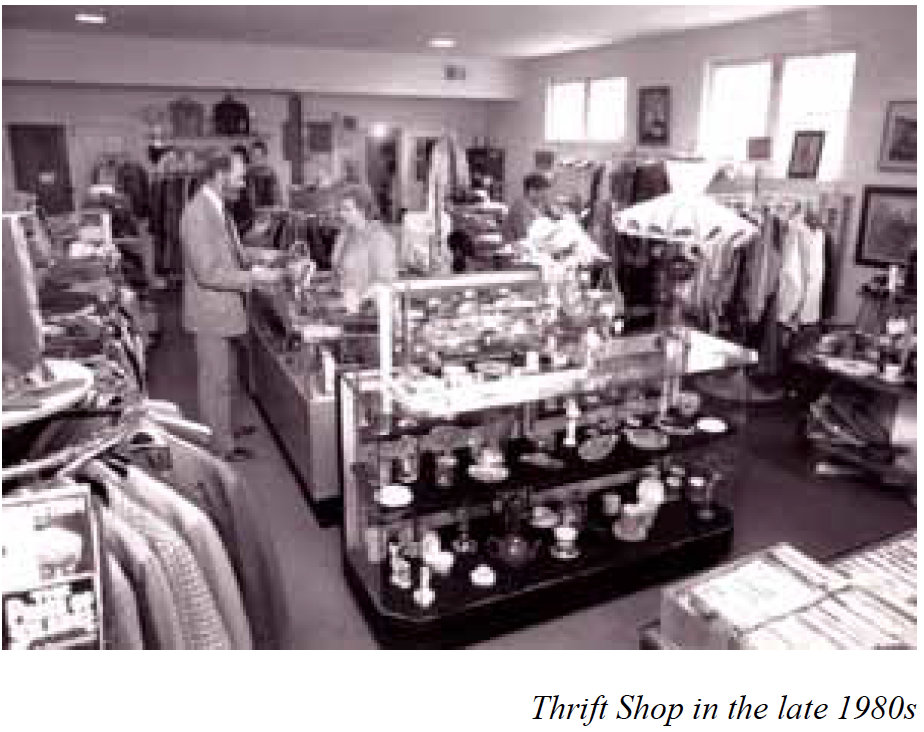
decade of the new century saw a slide in
membership and attendance. In 1993 we
welcomed St. George’s Orthodox Church to
conduct services following our Sunday
services and to use our facilities, a
partnership that was highly productive
for all involved. In 2001 we established our
Food Pantry as a distribution center for the
San Francisco Food Bank. Today we are
seeing a resurgence in younger families
joining the parish.
St. Francis’ Episcopal Church has continued
to adapt to changing needs over its almost
ninety year history. Just eleven priests have
served as Rector of St. Francis’ Episcopal
Church. Together with the people of St.
Francis’, they have truly provided “A Center
to Serve the Surrounding Neighborhood and
A House of Prayer for All People.”
| 1922 | Men and women from the area west of Twin Peaks met in Westwood Park for a service of Evening Prayer. |
| May 7, 1925 | From this group, St. Francis’ Guild was organized. This small group of sixteen women was actually the agent that finally created the active mission that would become St. Francis’ Church. |
| September 1926 | The first vestry was elected. The property at Ocean Avenue at San Fernando Way was purchased for $11,500. |
| February 1, 1927 | The mission was formally organized as a mission of the Diocese. |
| May 6, 1928 | Ground was broken for the new Parish Hall, which is now the Church. |
| 1930 | St. Francis’ Community Church was admitted to the Diocese as a parish. |
| 1931 | The Guild Hall was completed. Many community groups used the facilities as part of the original purpose for the church as a house of worship and a community center. |
| 1940 | The Church School had increased to 327 students with twenty teachers. Easter Day 1940 witnessed the largest crowd to date with 420 chairs filled, 100 standing, and 30 boys in the choir. |
| September 8, 1940 | Ground was broken for the new parish hall. |
| March 1941 | The Parish Hall was ready. Church services were held in the hall for a few Sundays until the altered church was ready for use. The church as we have it today was used for the first time on Easter Day 1941. |
| Christmas Eve 1944 | The rector wore Eucharistic vestments for the first time in the history of the parish. |
| September 28, 1947 | The St. Francis statue was placed in the pulpit niche. |
| 1949 | The south-side cloister was made an inside part of the church building and was rededicated the Baptistry Chapel in 1950. |
| 1950 | The cloister along San Fernando Way was changed to provide room for construction of the office building for the rector and church staff. |
| 1951 | The sanctuary was changed to what we see today. It was blessed in 1954. |
| 1960 | Parish facilities were formally approved for use in wedding receptions. However, a Vestry policy was established that “no alcoholic beverages be served or consumed at social functions held on its premises.” |
| 1965 | The first woman was elected to the Vestry. |
| 1969 | The Organ Committee of the parish recommended purchase of a Werner Bosch organ for approximately twenty-six thousand dollars plus the freight from Germany. |
| 1970 | The rector and his assistant took over Episcopal chaplaincy duties at Laguna Honda Home. |
| 1973 | A marble carving of St. Francis of Assisi created by Ruth Cravath was installed at the rear of the church. |
| 1984 | The Thrift Shop opened. |
Information for this brief history was taken from “A House of Prayer for All People: A Short History of St. Francis’ Episcopal Church, San Francisco, California, 1927-1987” by The Rev. Robert Louis Semes.

